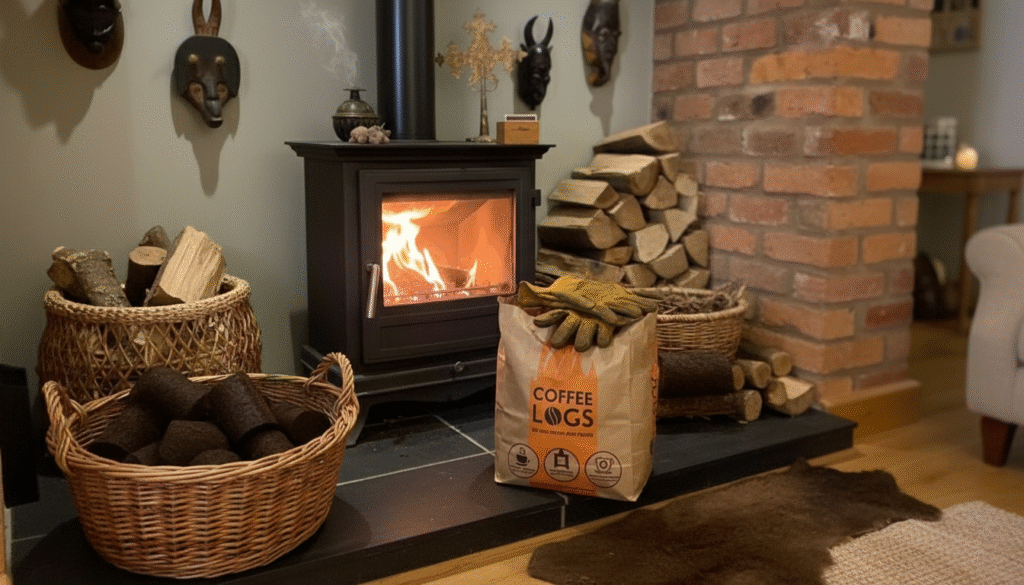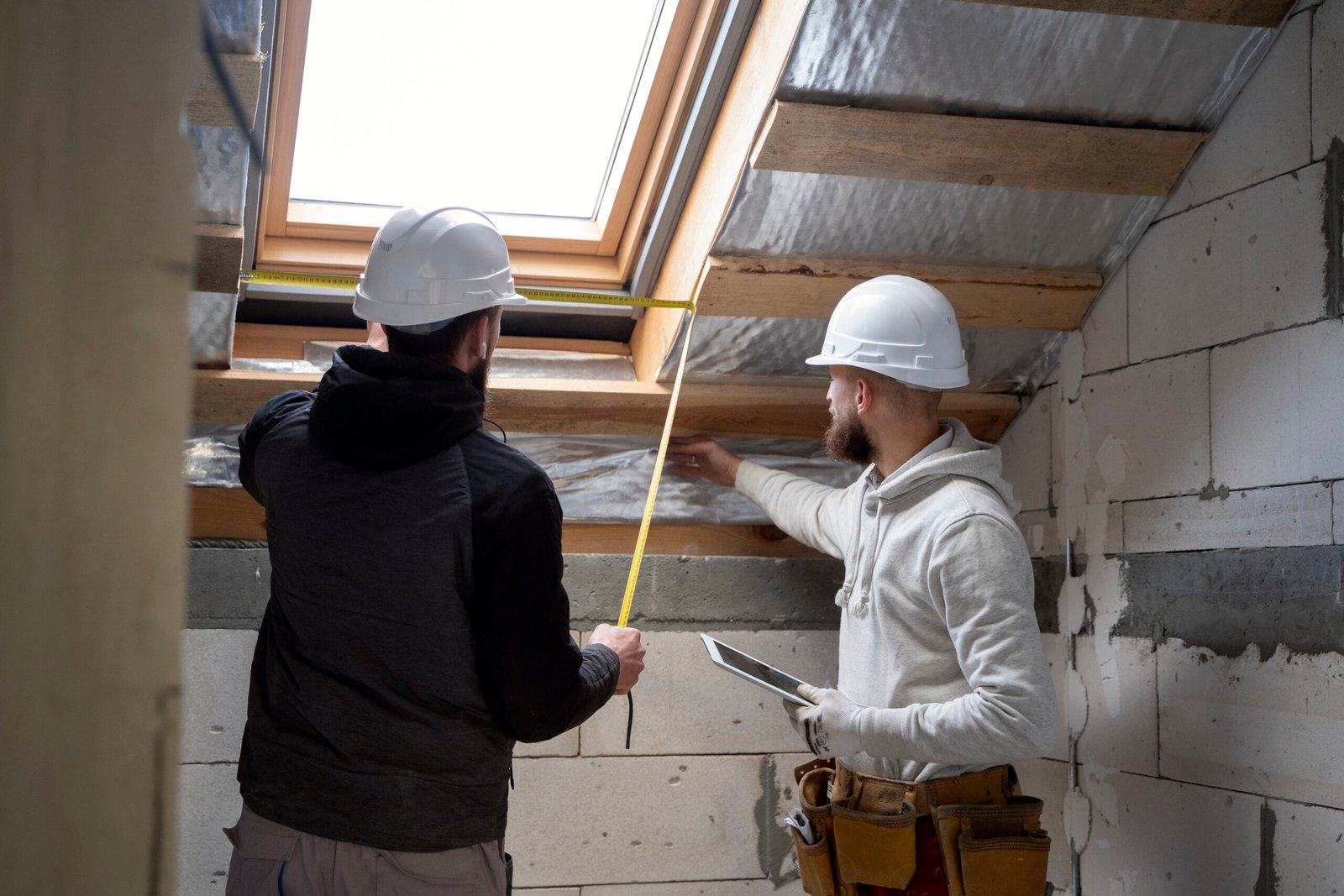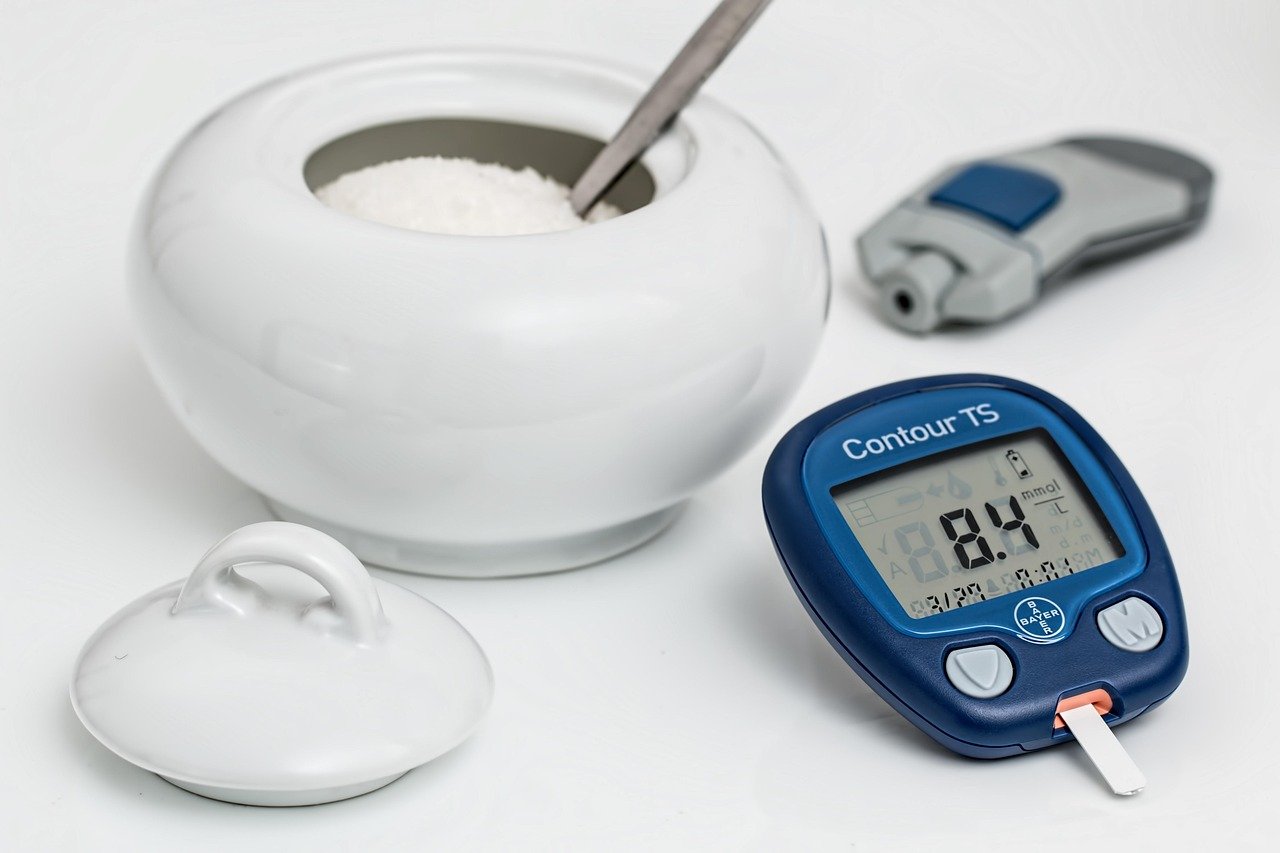 Many people are looking for new ways to heat their homes without spending too much money. Some want to use less wood, while others want to recycle waste in smart ways. One option that has become popular is the use of coffee logs.
Many people are looking for new ways to heat their homes without spending too much money. Some want to use less wood, while others want to recycle waste in smart ways. One option that has become popular is the use of coffee logs.
Coffee logs are made from used coffee grounds that are pressed into solid blocks. You can burn them in a stove or fireplace just like wood. They are simple, eco-friendly, and can give steady heat. In this article, we will explain what coffee logs are, how they work, their pros and cons, and how you can even make them at home.
What Are Coffee Logs?
Coffee logs are compact fuel blocks made from dried coffee grounds. Instead of throwing away millions of cups’ worth of coffee waste, companies collect and recycle it into logs that can be burned. Some DIY makers at home also press their own coffee grounds into small bricks or cylinders.
The idea is simple: coffee grounds have natural oils and energy. When pressed tightly with a binder, they can burn much like wood but often for longer. Commercial brands make coffee logs with strict testing, while homemade versions vary in quality.
Why Do People Use Coffee Logs?
There are three main reasons people try coffee logs:
- Recycling waste – They make use of leftover coffee that would otherwise end up in the bin.
- Heat value – Coffee logs can burn hotter and sometimes longer than some kinds of wood.
- Easy storage – They are dense and tidy, so they take up less room than a pile of logs.
Some people also enjoy the light coffee smell that comes out as the logs burn. It is not strong indoors but can be noticed outdoors.
What Coffee Logs Are Made Of
- Used coffee grounds – The main ingredient. Grounds are dried first to avoid mold.
- Binders – Wax, molasses, flour paste, or shredded cardboard are used to hold the log together.
- Extra filler – Some makers add sawdust or wood chips for texture.
Each recipe is slightly different. This is why burn times and heat levels can change from one log to another.
How Coffee Logs Burn
Coffee logs are heavier and denser than softwood. This makes them burn slowly and give off a steady heat.
- In many cases, a single log can burn for over an hour.
- Some logs release more heat than damp or untreated wood.
- They do not always spark or crackle like normal firewood, which makes them quieter to use in stoves.
Results depend on the quality of the log and the stove being used.
Where Can You Use Coffee Logs?
Coffee logs are suitable for:
- Wood-burning stoves, if the stove allows biomass fuel.
- Open fireplaces, though they burn best in enclosed stoves.
- Outdoor fire pits, which can also bring out their aroma.
Always check local rules and stove manuals before burning coffee logs. Not all stoves or areas allow alternative fuel logs.
How to Make Simple Coffee Logs at Home
Making coffee logs at home is not hard, but it takes time and care. Here is a simple method:
- Collect coffee grounds – Save them from your daily brew.
- Dry the grounds fully – Spread them on a tray in the sun or use a low oven heat.
- Mix with a binder – You can try flour paste, molasses, or melted wax.
- Press into molds – A bread tin, muffin tray, or cardboard tube works.
- Dry again – Let the logs dry for days until they are hard.
If they are not dried fully, they may grow mold. Store them in a dry, cool place.
Pros and Cons of Coffee Logs
Pros
- Good use of waste coffee.
- Can give steady heat and sometimes burns longer than wood.
- Compact and easy to store.
- May release a mild coffee smell.
Cons
- Quality depends on the recipe and the maker.
- May not be allowed in every stove or region.
- Homemade versions can smoke if not made properly.
- Can mold if not dried fully.
Buying vs. Making Coffee Logs
Buying coffee logs
- You get a tested product with clear burn data.
- Many brands are sold in the UK and online.
- Price is higher than wood in some places.
Making your own logs
- Cost is low since you reuse your coffee grounds.
- You choose your binder and shape.
- Takes time, and the results may not match store-bought quality.
For most people, buying is easier if they want consistent results, while DIY is better if they enjoy a project and want to recycle their own coffee waste.
FAQs About Coffee Logs
Q: Do coffee logs really smell like coffee?
A: Some do, but the smell is usually mild. Outdoors, it is more noticeable.
Q: Are coffee logs better than wood logs?
A: They can last longer than some wood, but not always. It depends on the brand and stove type.
Q: Can I burn coffee logs in any stove?
A: No. Always check your stove manual. Some stoves allow biomass logs, others don’t.
Q: Will homemade logs grow mold?
A: Yes, if they are not dried well. Dry the grounds and finished logs fully before storing.
Q: Where can I buy coffee logs?
A: Many UK shops and online stores sell them. Look for eco-fuel or firewood suppliers.
Final Words
Coffee logs are a creative way to heat a home while reusing waste. They are simple to use, can last a long time, and may even save space compared to piles of wood. You can buy them ready-made or try making your own at home.
If you want to try something eco-friendly and different this winter, coffee logs may be worth adding to your heating mix. Just make sure you use them in the right stove and keep them stored in a dry place.






